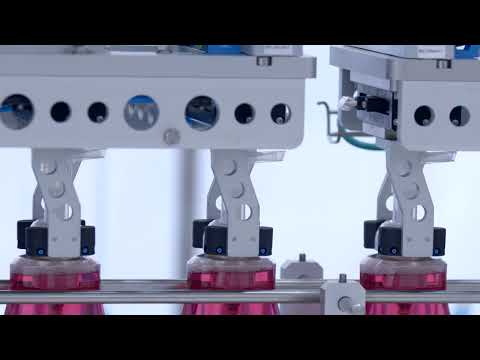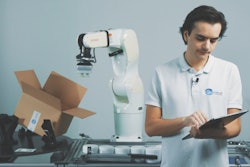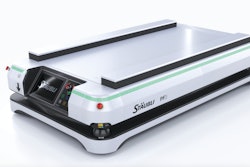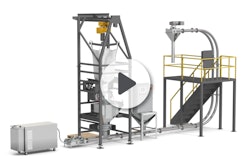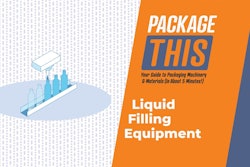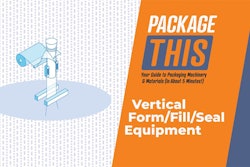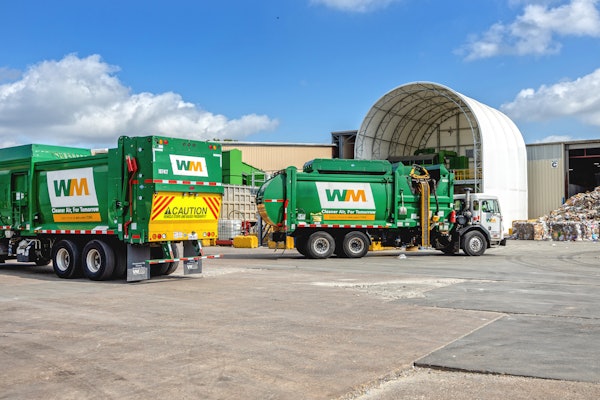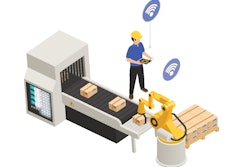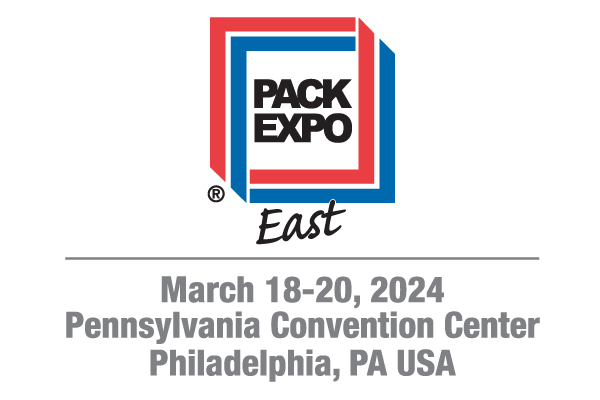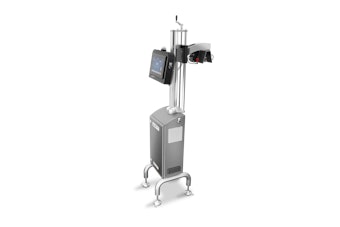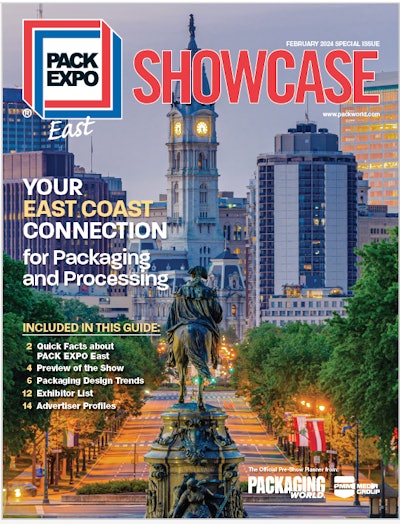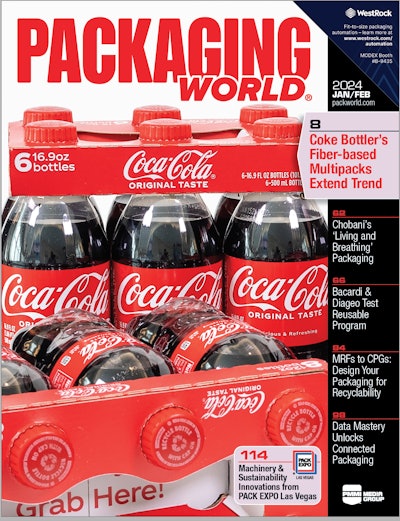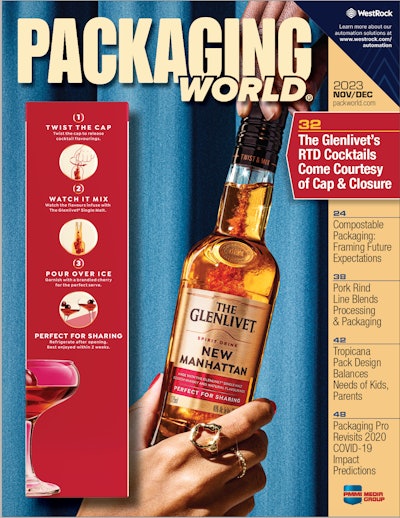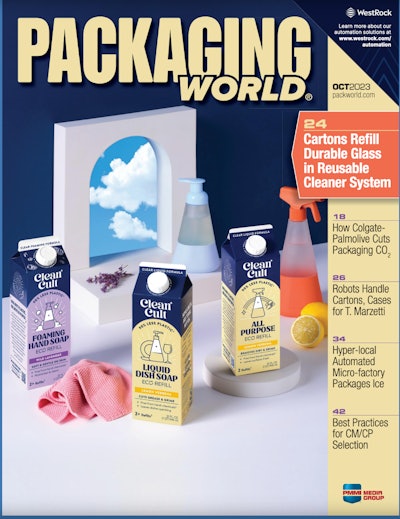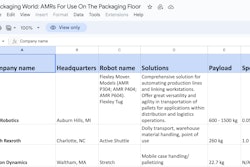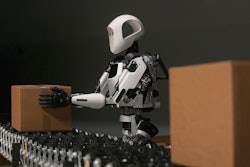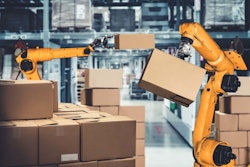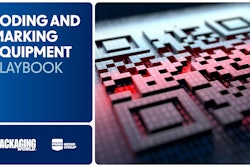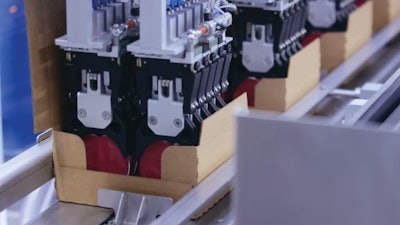
For U.S. petfood co-packer Simmons Foods Inc., flexibility was paramount in selecting new case-packing equipment for a unique packaging application. The company—the largest private-label and contract manufacturer of wet petfood in North America—needed a system that could load varying product shapes, both cups and split cups, into plastic trays pre-inserted into cases. Making the application more challenging, Simmons required that the cups be aligned to provide uniformity of cup graphics for shelf-ready display. With varying flavors and product sizes, including small round (3.2 oz), regular round (4 oz), and a unique split-cup design, there were a multitude of moving parts that required consolidation into one solution at a rate of 600 to 700 cups/min.
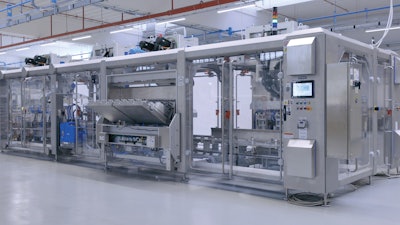 As designed for Simmons, the robotic case-packing system features four stations: case forming, tray depositing, product loading, and case closing.
As designed for Simmons, the robotic case-packing system features four stations: case forming, tray depositing, product loading, and case closing.
 | Read a related article from the 2023 Robotics Report, "New Robotics Systems Handle Packaging Customization." |
In the first station, a robotic forming unit creates four cases per cycle from a flat blank. Next, robots insert plastic trays into each of the four cases. The petfood cups then arrive pre-oriented, single file, in two lanes. A 2-axis robot with unique end effectors then picks the cups in the required count and loads them into four cases simultaneously. To do this, robotic grippers pick the cups and place them into the plastic trays. In order to best display the product’s graphics, the trays are grooved, and cups are placed on edge. Special gripper heads ensure accurate and positive handling. In the last station, a final robot closes the cases.
“This project had some unique needs, and we were happy to provide a solution with Cama’s own robotic technology,” explains Ken Major, regional sales manager, Cama North America. “The split cups are a fairly new product, and finding a way to orient and load them was very important to our customer. With our robots, we were able to successfully orient the cups so they are all facing the same direction, with graphics aligned and in easy view on store shelves.
“Another unique challenge for this application was the tray handling,” he adds. “The plastic trays feature grooves to hold the required count of cups—between 10 to 36 cups per case—on edge. Our solution features robots to place the trays into four cases simultaneously, then place the cups into the slotted grooves in each tray.” PW
 | Read Packaging World’s complete robotics report, “Robots 2023: Smarter, More Adaptable & More Robust.” |


